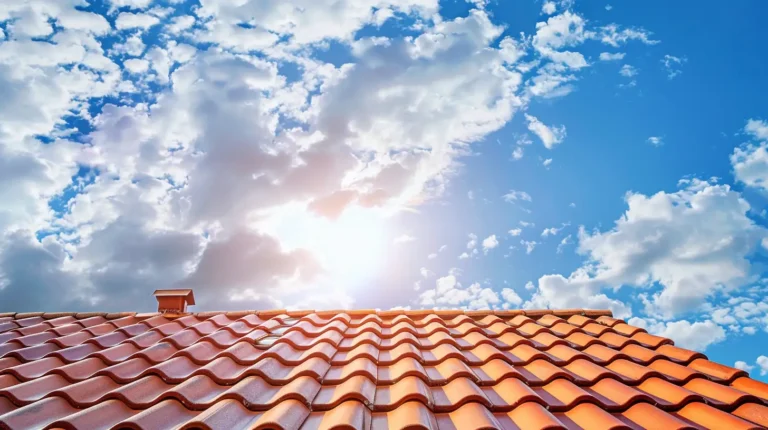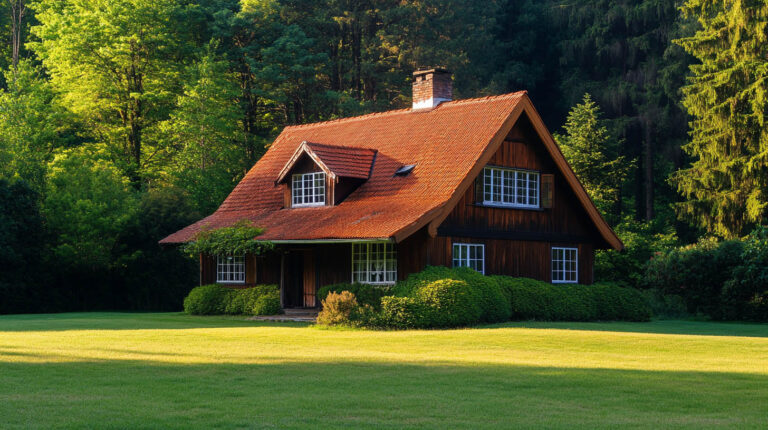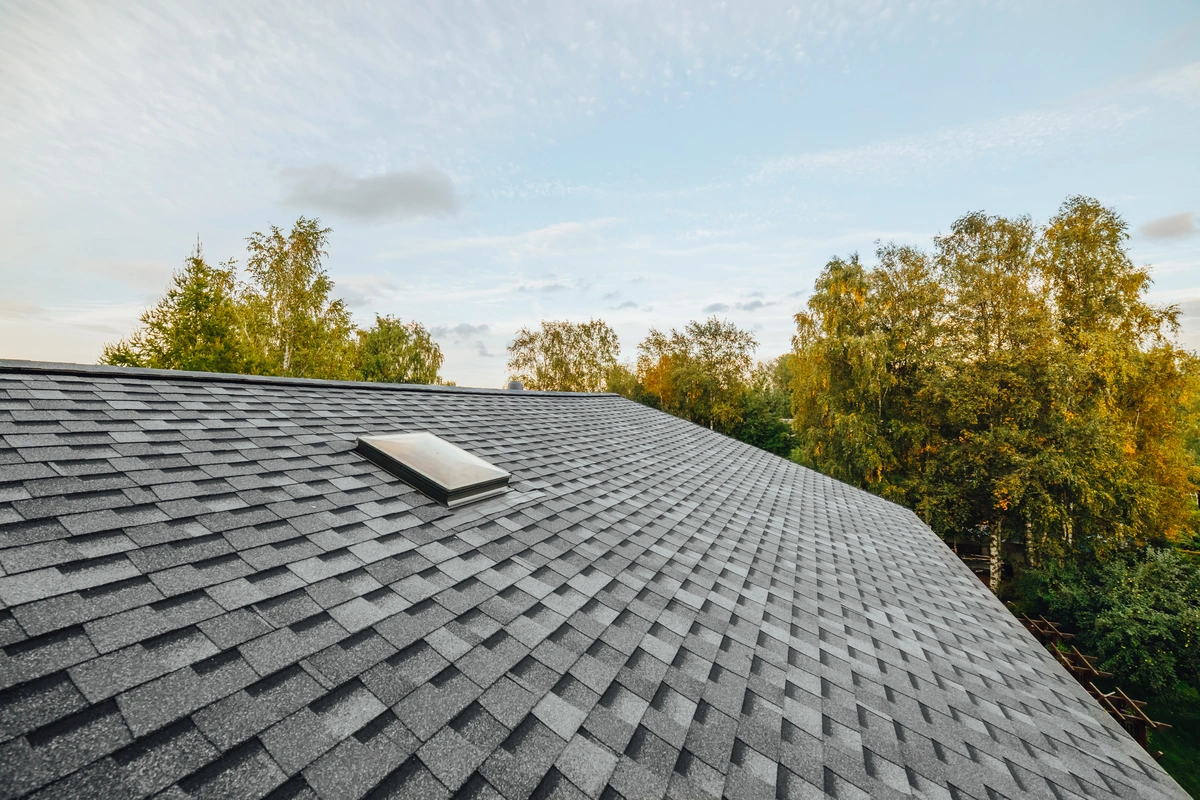
Blog
What Are Shingles Made Of? (Material Breakdown)
When it comes to protecting your home from the elements, the roof is your first line of defense. And within that defense, roof shingles play a critical role. If you’re a homeowner, understanding the composition of roof shingles can help you make informed decisions about:
- Maintenance
- Repairs
- Replacements
In today’s guide, we’ll focus on asphalt shingles, exploring their key components, benefits, and why they might be the best choice for your home.
Introduction to Roof Shingles
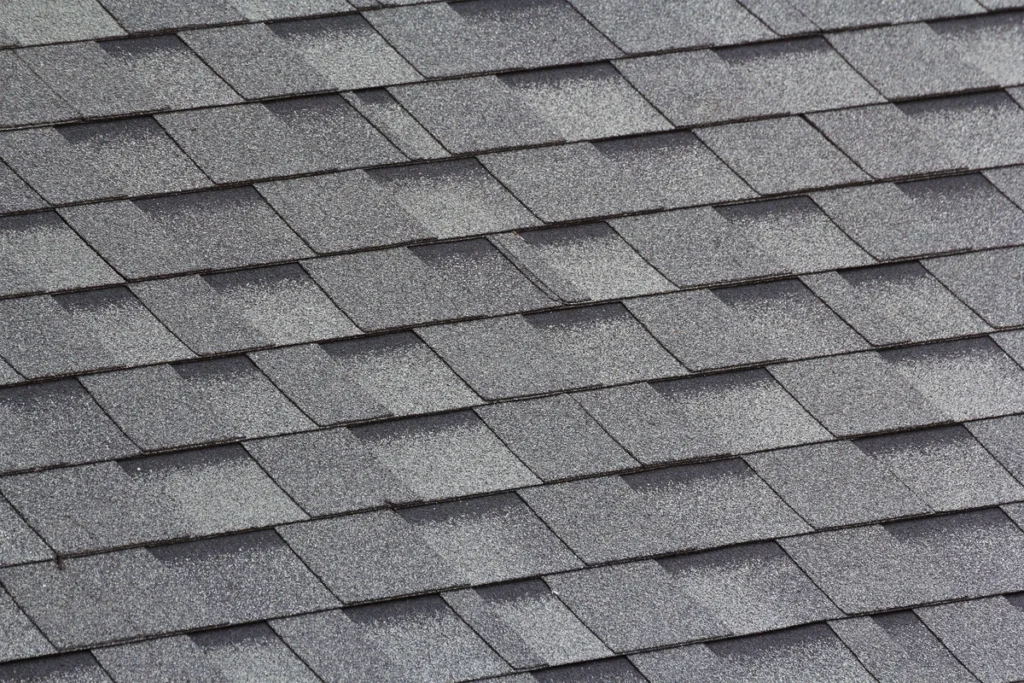
Roof shingles are protective roof coverings consisting of individual overlapping elements. These elements are typically flat and rectangular, laid in rows from the bottom edge of the roof up, with each successive row overlapping the joints below.
Shingles are made from various materials, including:
- Wood
- Slate
- Metal
- Asphalt
Among these, asphalt shingles are the most popular choice in North America due to their durability, cost-effectiveness, and ease of installation.
The Key Components of Asphalt Shingles
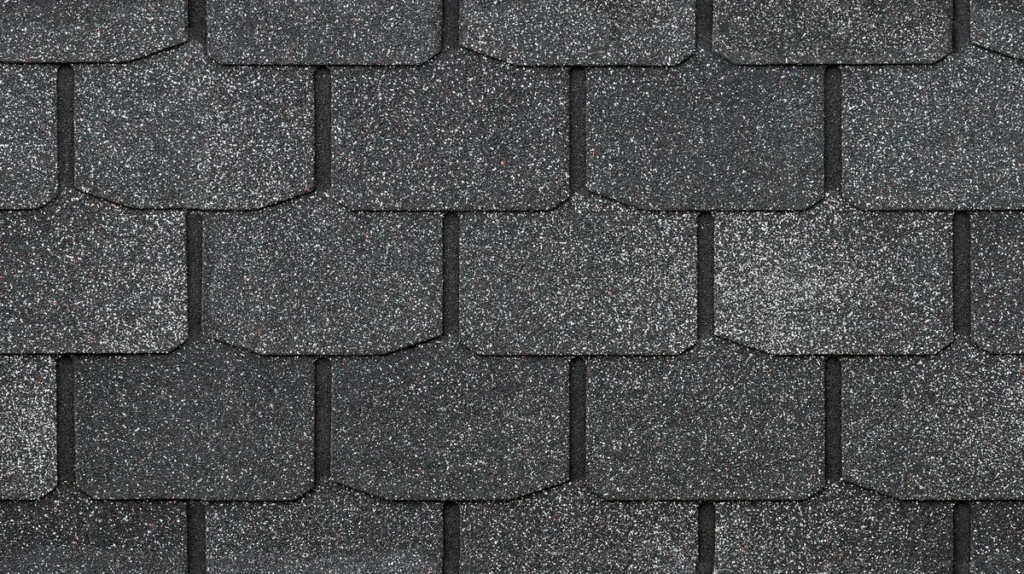
An asphalt roofing shingle is more complex than it might seem! They are comprised of the following:
Asphalt
The primary material in asphalt shingles is, unsurprisingly, asphalt. Asphalt is a sticky, black, and highly viscous liquid or semi-solid form of petroleum. It’s water-resistant, making it an excellent material for roofing. The asphalt used in shingles is typically oxidized to improve its durability and resistance to weathering.
Oxidized asphalt is created by blowing air through hot asphalt, which increases its viscosity and makes it more stable. This process enhances its performance as a roofing material, providing better protection against the elements while maintaining flexibility to accommodate the natural expansion and contraction of the roof structure.
Fiberglass Mat
Most modern asphalt shingles are reinforced with a base layer made of fiberglass. The fiberglass mat provides structural support and helps the shingle resist tearing and other forms of damage. The mat is created by weaving glass fibers into a thin, flexible sheet, which is then coated with asphalt to make it waterproof.
Fiberglass mats are preferred over older organic mats (made of cellulose fibers) because they offer better fire resistance, are lighter in weight, and are less prone to warping. They also provide a more consistent substrate for the asphalt coating, improving the overall performance of the shingle.
Mineral Granules
The top surface of asphalt shingles is coated with mineral granules. These granules serve several important functions:
- Protection from UV Radiation: The granules protect the asphalt from the damaging effects of ultraviolet (UV) radiation from the sun. Without this protection, the asphalt would degrade more quickly, leading to a shorter lifespan for the shingle.
- Color and Aesthetics: The granules give the shingles their color and texture, allowing homeowners to choose from a wide variety of styles and finishes to match their home’s exterior.
- Fire Resistance: The granules help improve the fire resistance of the shingles by providing a barrier between the asphalt and any external flames or sparks.
- Algae Resistance: Some shingles are treated with copper or zinc granules to inhibit the growth of algae, which can cause unsightly stains and reduce the lifespan of the roof.
4 Step Manufacturing Process of Asphalt Shingles
The production of asphalt shingles involves several key steps to ensure they meet the necessary quality and performance standards.
1. Preparation of Materials
High-quality raw materials are essential for producing durable asphalt shingles. The asphalt is carefully selected and processed to achieve the desired properties. The fiberglass mat is produced by weaving and coating glass fibers, while the mineral granules are sourced and processed to achieve the desired size, shape, and color.
2. Coating the Fiberglass Mat
Once the materials are prepared, the manufacturing process begins by coating the fiberglass mat with hot asphalt. This is typically done using a continuous production line, where the mat is fed through a series of rollers that apply the asphalt evenly. The asphalt coating bonds to the fiberglass mat, creating a waterproof barrier.
3. Application of Mineral Granules
After the fiberglass mat is coated with asphalt, the top surface is covered with mineral granules. The granules are applied while the asphalt is still hot and sticky, ensuring they adhere firmly to the surface. Excess granules are removed, and the shingle is allowed to cool and harden.
4. Cutting and Shaping
Once the shingles have cooled, they are cut into the desired shapes and sizes. This usually involves cutting the material into rectangular strips with tabs or other patterns to create the distinctive look of asphalt shingles. The edges are trimmed, and any excess material is recycled for use in future production.
Benefits of Asphalt Shingles
Asphalt shingles offer several advantages that make them an attractive option for homeowners:
- Cost-Effective: One of the main reasons asphalt shingles are so popular is their affordability. They offer an excellent balance of cost and performance, making them an economical choice for many homeowners. The relatively low cost of materials and installation means that asphalt shingles provide good value for money.
- Durability: When properly installed and maintained, asphalt shingles can last for 20 to 30 years or more. They are resistant to a wide range of weather conditions, including rain, snow, wind, and hail. The combination of a fiberglass mat, asphalt coating, and mineral granules provides a robust barrier against the elements.
- Easy Installation: Compared to other roofing materials, asphalt shingles are relatively easy to install. They are lightweight and flexible, making them easier to handle and position on the roof. This can save time and labor costs during installation, as well as reduce the likelihood of installation errors that could compromise the roof’s performance.
- Versatility: Asphalt shingles are available in a wide variety of styles, colors, and textures, allowing homeowners to choose a look that complements their home’s architecture and design. Whether you prefer a traditional, rustic, or modern aesthetic, there is likely an asphalt shingle option that fits your vision.
- Low Maintenance: Maintaining an asphalt shingle roof is relatively straightforward. Regular inspections and minor repairs, such as replacing damaged or missing shingles, can help extend the lifespan of the roof. Additionally, some shingles are treated with algae-resistant granules, reducing the need for frequent cleaning.
- Fire Resistance: The combination of a fiberglass mat and mineral granules gives asphalt shingles good fire resistance. This can provide added peace of mind for homeowners, knowing that their roof offers some protection against the risk of fire.
Learn More About Roofing Shingles Today!
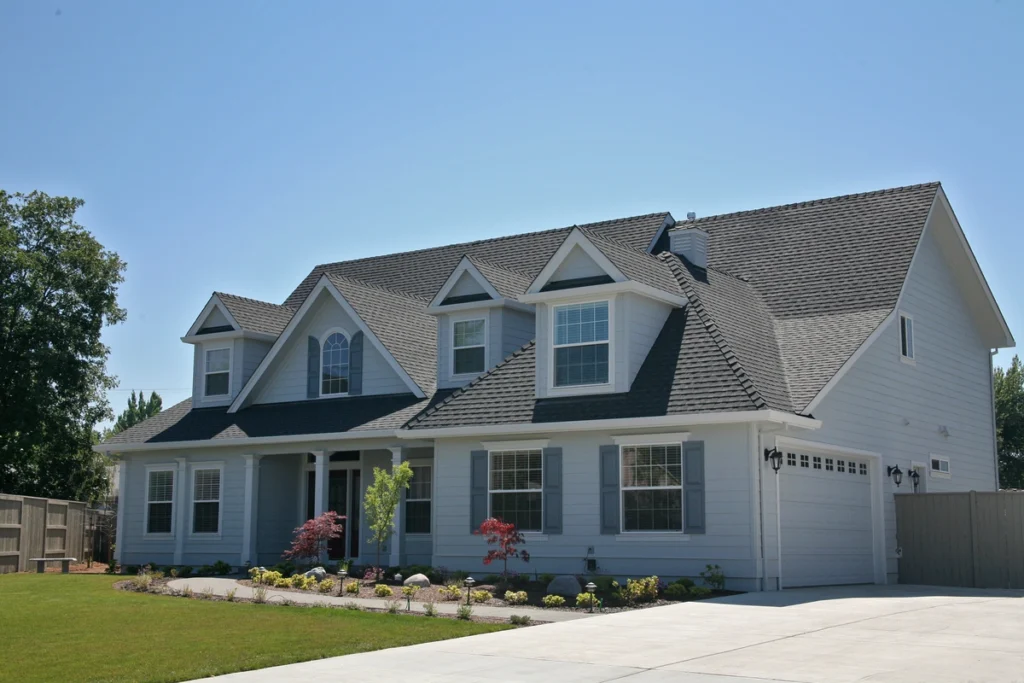
Understanding the materials and manufacturing process behind asphalt shingles can help homeowners make informed decisions about their roofing needs. With their cost-effectiveness, durability, and versatility, asphalt shingles remain a popular choice for residential roofing.If you’re considering a new roof or need advice on maintaining your existing asphalt shingle roof, call on Avenue Roofing! We’re here to help you make the best choices for your home and ensure your roof remains in top condition.
